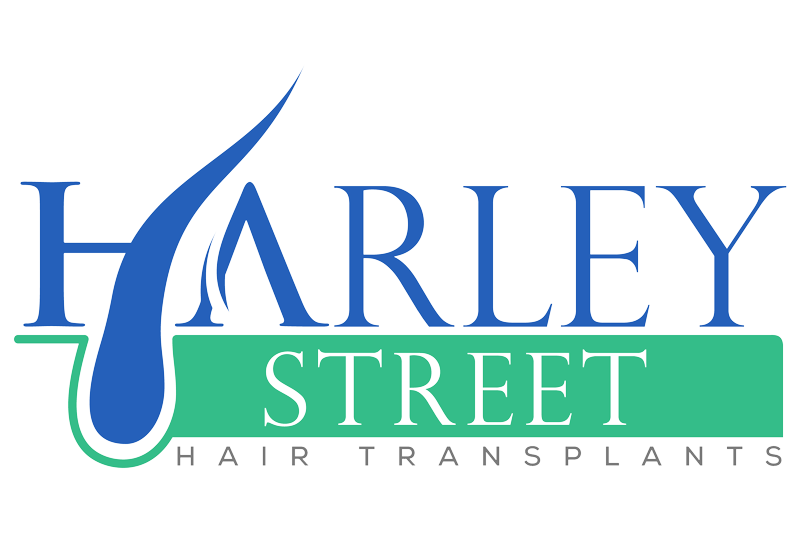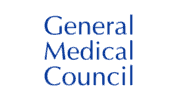PRP Treatment
HOME > Nonsurgical Hair Loss Solutions
Nonsurgical Hair Loss
Solutions
TIME TAKEN PER SESSION: ~20 MINS COST: £395 FOR 1 SESSION BEST FOR: THICKENING HAIR AND SOME REGROWTH
OUR CERTIFICATIONS:
REQUEST A QUOTE

A cutting-edge, ground-breaking, and incredibly effective conservative hair loss restoration method, platelet-rich plasma (PRP) uses your blood plasma, which is rich in growth factors and platelets, to treat hair loss. The stem cells are reactivated when the plasma is injected during the therapy session around the regions where thinning has taken place. Growth factors are often proteins that are present in your body. They can trigger the discharge of several cell types, hastening the healing process. In addition, growth factors encourage primitive pluripotent stem cells, which aid in the repair of damaged tissues.
PRP (platelet-rich plasma) is first created by centrifuging a sample of your blood to separate the plasma, which is incredibly rich in platelets.
After that, calcium ions are used to activate the plasma, which can release growth factors that activate the pluripotent progenitor stem cells in the area of your scalp. They have a remarkable capacity for tissue healing, a phenomenon that promotes degenerating hair follicles and so prevents hair loss. In addition to preventing hair loss, this also keeps hair strands generally healthier, stronger, and fuller.
PRP does not provide a long-term remedy for hair loss. This suggests that it might be unable to stop the development of new bald regions. Your hair will only become thicker and less hair will shed as a result of the operation. PRP, however, works well for hair loss. Every four to six weeks, PRP hair loss therapy must be repeated throughout the first four to six sessions to increase the success rate. To get consistent benefits after that, it must then be repeated once every six months.
NONSURGICAL HAIR LOSS SOLUTIONS LONDON
Nonsurgical hair loss solutions (Platelet Rich Plasma Therapy) uses your own body to promote new and healthy hair growth. Increasing your hair thickness, PRP is well suited to giving you a fuller look.
Whether you’re looking to supplement your hair transplant with further treatments or are a little unsure about more invasive hair transplant methods, PRP is fantastic at fighting the effects of hair loss. Contact us today for more information and to book your free consultation!
On this page, you’ll be able to find out:
- how a non surgical hair loss solutions works
- how much a non surgical hair loss solutions cost
- why you should get a non surgical hair loss solutions
- the results of a non surgical hair loss solutions
HOW DOES NONSURGICAL HAIR LOSS SOLUTIONS WORK?
Each nonsurgical hair loss solutions for hair loss is usually carried out over the course of 4-6 weeks, with three treatments. Between 4 and 6 months after, a number of maintenance treatments may also be offered to maximize hair regrowth.
If you were to take a blood sample, the largest component in this would be plasma. Plasma is a mixture of water and protein and offers a home to other components of your blood (such as red blood cells, white blood cells, and platelets). Platelets are wound-healing blood cells that cause your blood to clot! Both plasma and platelets are fundamental to PRP therapy.
During the treatment, a small amount of your own blood is taken (typically 20-30ml) and is then put into a machine called a centrifuge. The centrifuge spins your blood around at high speeds separating all the different components from your blood. Having separated your blood, the plasma part is then taken and injected back into the areas of hair loss on your scalp. The “healing” part of your own body is used to treat hair thinning!
WHY GET NONSURGICAL HAIR LOSS SOLUTIONS?
Nonsurgical hair loss solutions are designed for patients concerned with the thickness of their hair. If you, like many, are suffering from the effects of hair thinning or early pattern hair loss, PRP can help you maintain your hair density and promote new hair growth.
Platelet-rich plasma therapy is also useful for those unable to go through surgery. This treatment is less invasive than most hair transplantation methods. Whether you’re looking to hide your hair transplant a little easier or are just concerned about a more invasive method, PRP treatments can successfully bridge the gap.
Equally, if you’ve already had a hair transplant, PRP injections can be a fantastic way to make sure that you’re making the most of your hair restoration journey! Increasingly the blood supply to your young hair follicles can increase the thickness of the hair on your scalp.
PRP therapy is also suitable for men and women! Whilst other methods, such as beard or eyebrow transplants, tend to appeal to one gender or the other, PRP therapy can be carried out on anyone. As has already been stated, PRP works by using your blood to nurture your own hair follicles.
WHAT ARE THE RESULTS OF NONSURGICAL HAIR LOSS SOLUTIONS?
Results for PRP treatment usually take between 3 to 3.5 months to start showing fully. Moreover, success rates are also dependent upon the number of treatments you undergo. The more treatments you have, the better results you will see, as the effects are cumulative.
Don’t just take our word for it, have a look at the results from clinical research! In a 2015 study (source), all 10 patients, who had undergone multiple PRP injections for three months, showed improvements in the number, thickness, and strength of hairs on their heads.
HOW MUCH DOES NONSURGICAL HAIR LOSS SOLUTIONS COST?
One of the main benefits of nonsurgical hair loss solutions is that they are drastically cheaper than alternative hair transplant methods. For a full course of FUE or FUT, you may expect to be paying between £3,000 and £6,000.
At Harley Street Hair Transplants, our PRP pricing can be found below:
- £395 for 1 course of treatment
- £995 for 3 courses of treatments
We recommend starting on a 3-course treatment plan in order to see the best initial results and then move on to a maintenance plan.




